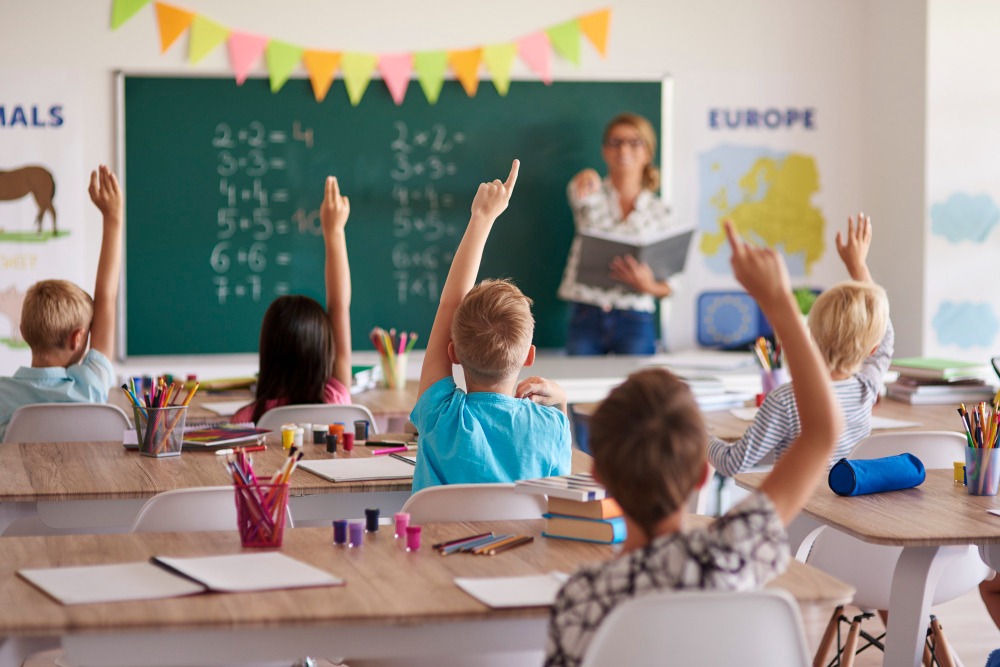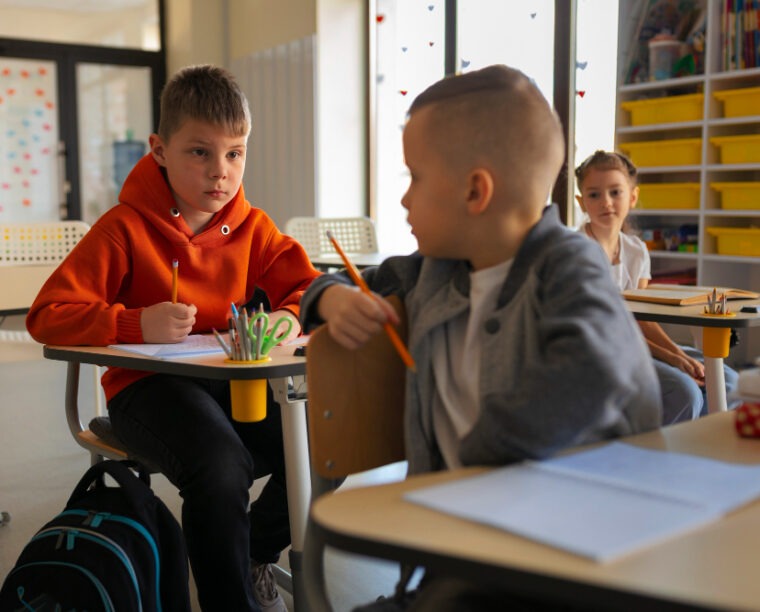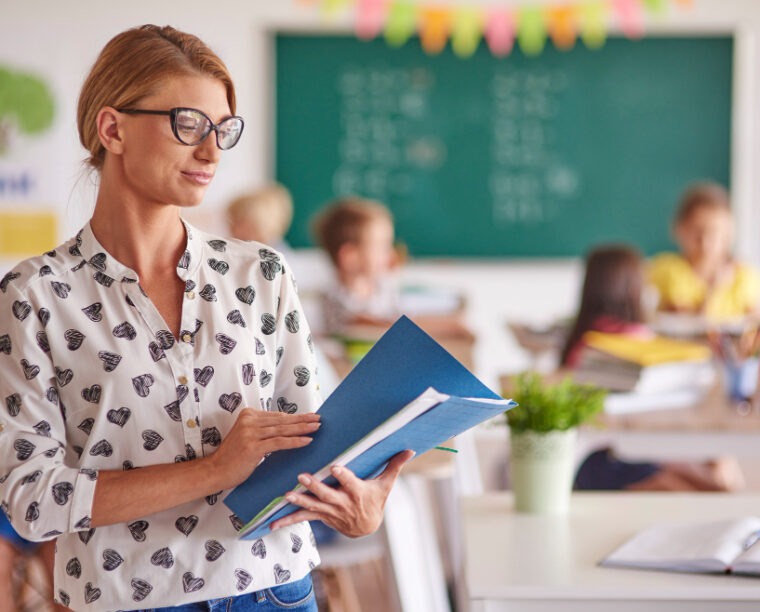
One of the most common questions parents ask when choosing a school is how many students are in a class—and how many children feel most comfortable learning together. The answer may seem simple: fewer children mean more individual attention. However, education experts suggest that this question involves more than just arithmetic. Does “smaller” always mean “better”? What is the optimal class size, and how does it affect learning, well-being, and social development?
Why Class Size Matters
Research shows that class size can influence learning outcomes, but there is no universal answer to the ideal number of students. In a smaller class, the teacher can more easily monitor progress, provide individualized support, and create a positive learning environment. At the same time, the size of the class shapes its social environment. Larger classes often bring greater diversity in interests, personalities, and viewpoints. This provides children with opportunities to find like-minded peers, collaborate in groups, and learn to navigate different perspectives.
What Is the Optimal Class Size?
Most experts agree that an ideal class has between 15 and 20 students. This range allows teachers to meet individual needs, monitor each student’s development, and foster a positive attitude toward learning. At the same time, it offers a rich social environment where children can build friendships, learn from one another, and practice teamwork. A class of this size balances educational quality with social growth, providing both attention from the teacher and meaningful interactions with peers.
Class size and teaching methods – an inseparable duo
Smaller classes do not automatically guarantee better learning outcomes, and larger classes do not necessarily result in poorer teaching quality. What truly matters is how the teaching process is organized, the quality of the teacher-student relationship, and whether students are actively involved and supported. Teachers who apply modern, differentiated methods can succeed in classes of any size, responding to individual student needs and fostering active participation. This is why Saulės Gojus rejects a “one-size-fits-all” approach. Here, teaching is designed so that every child feels heard and can grow at their own pace. Our teachers know their students not just as learners, but as individuals—they understand each child’s strengths, challenges, and sources of inspiration. This enables them to design a meaningful, personalized learning experience that responds to each child’s uniqueness, regardless of class size.
Why do parents looking for an individualised approach choose Saulės Gojus?
When choosing a school, parents often look for an individualized approach and high-quality teaching. Saulės Gojus provides not only two decades of successful bilingual education but also careful attention to each child, regardless of class size. Professional teachers, warm relationships with students, respect for each child’s individuality, and strong core values combine to create an educational experience appreciated by both children and parents. For parents, the decision is shaped not only by class size, but also by the meaningful, holistic approach to learning—one in which children grow academically and personally.


